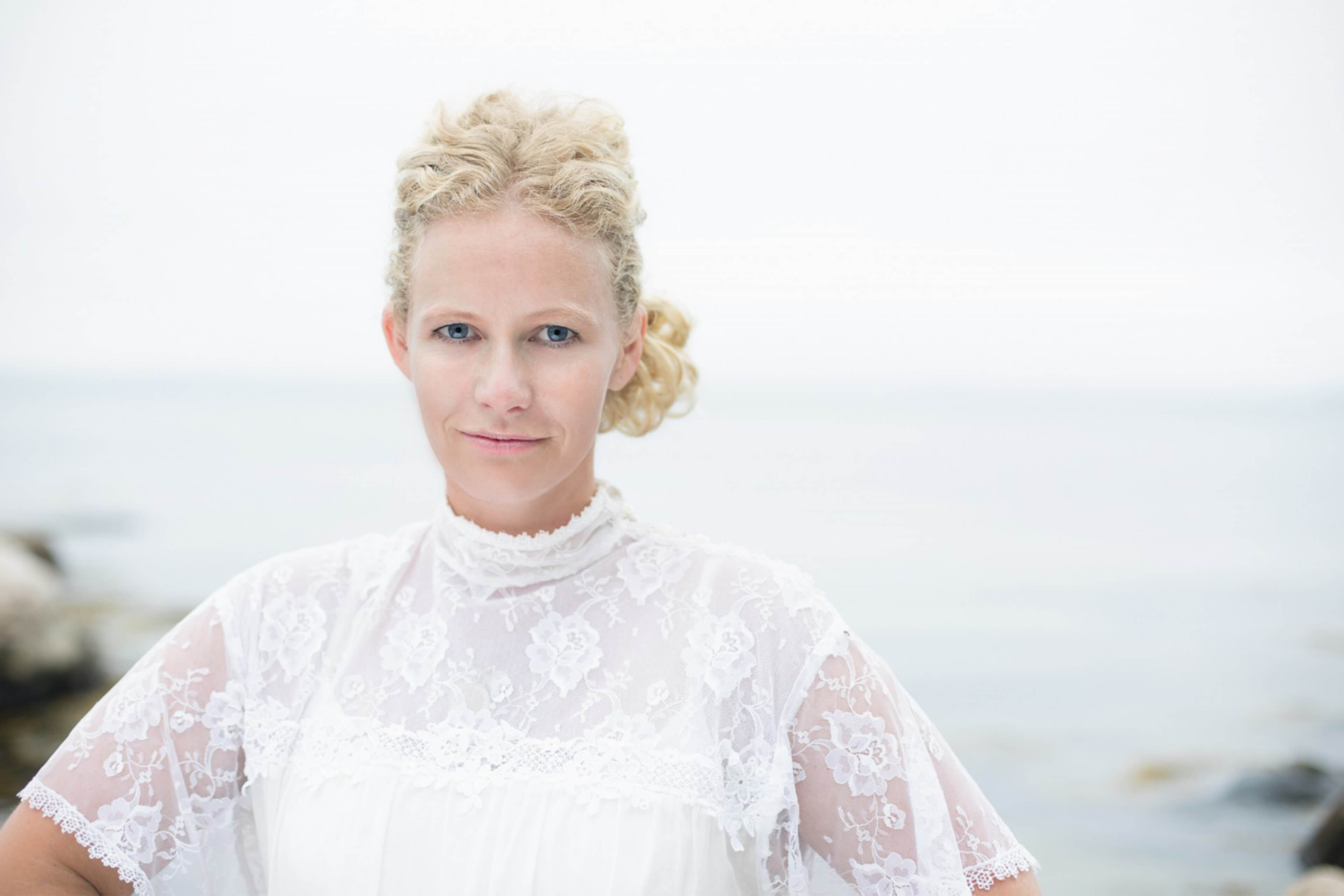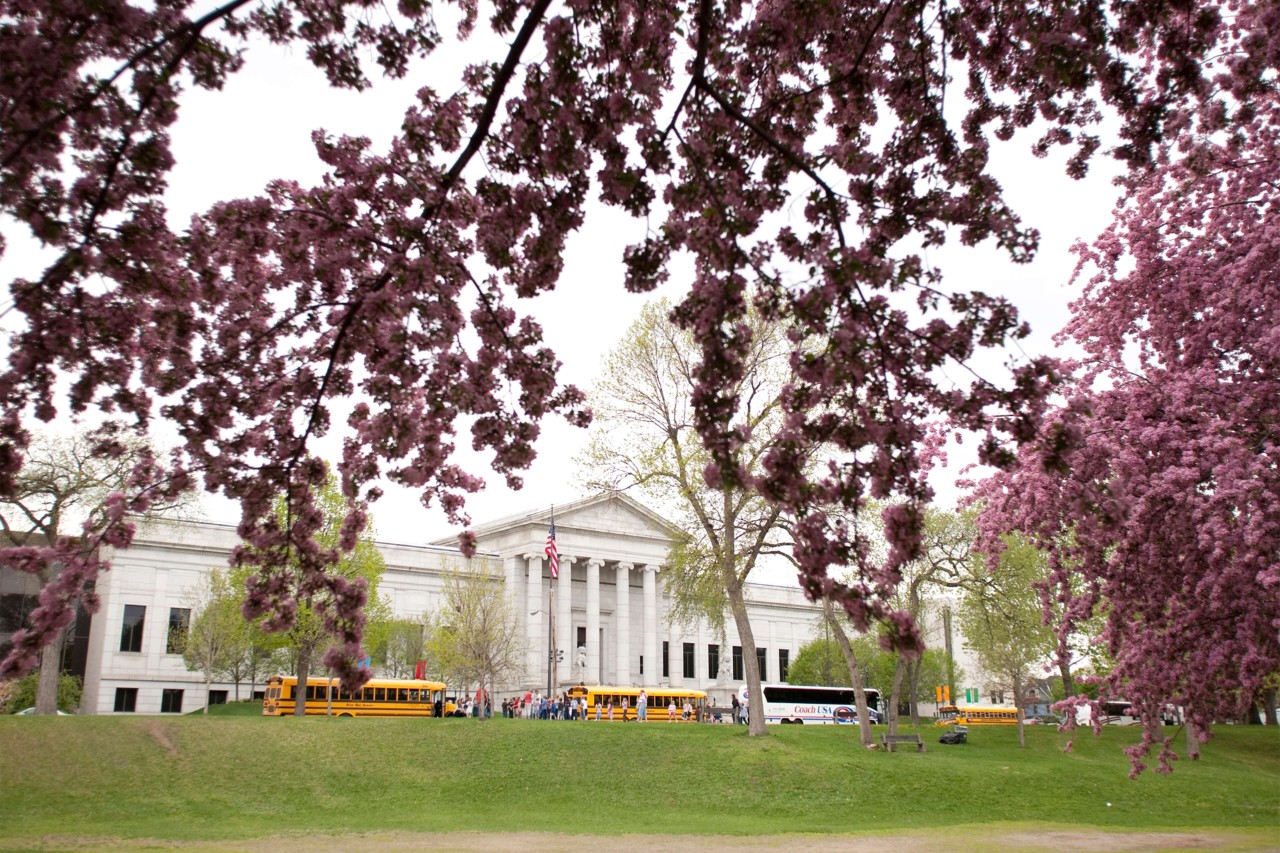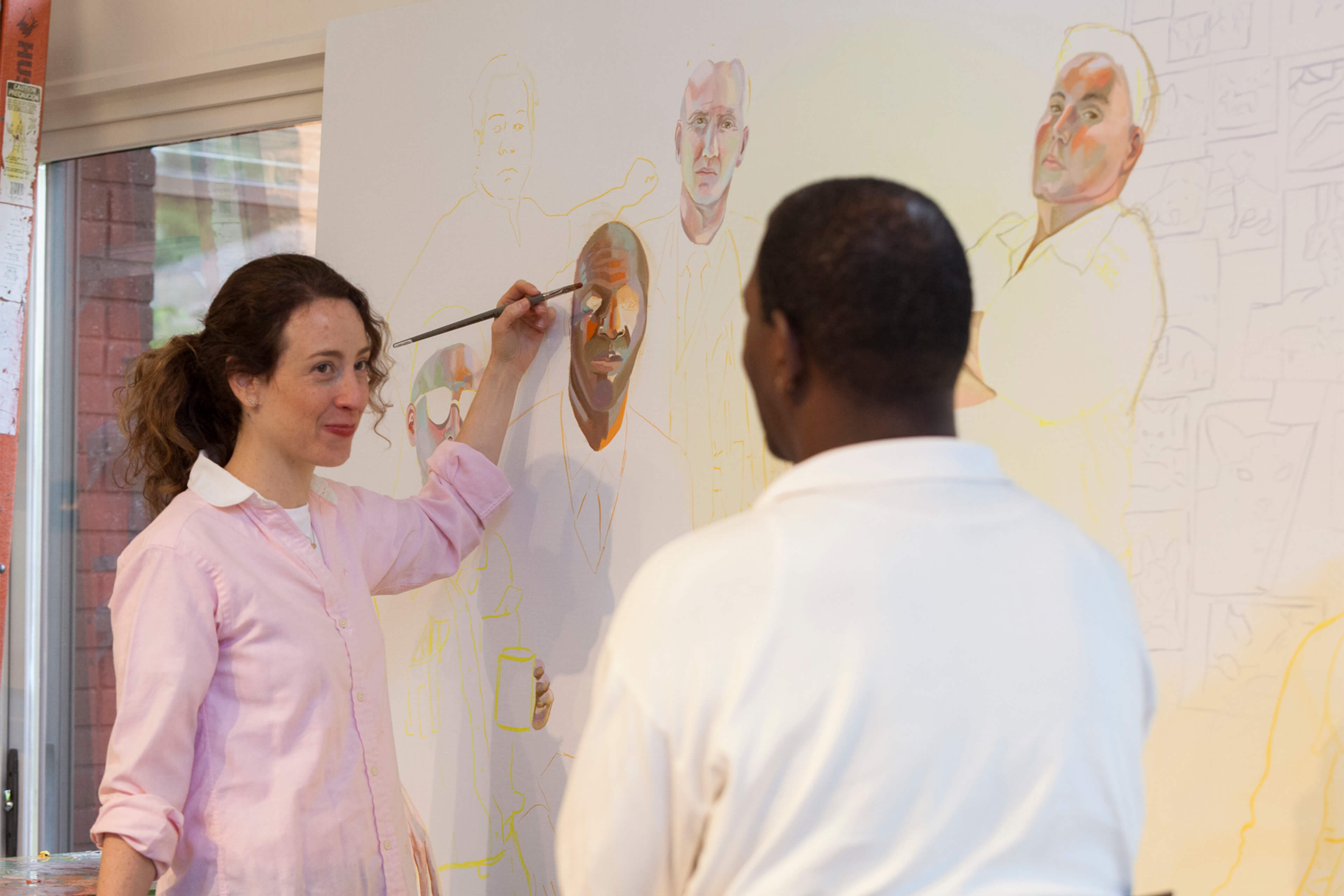
Do museums face disruption? What are some the disruptive forces that Mia is encountering?
Just like corporations, museums face disruptive forces.
First, the demographics of the communities we serve are changing. That puts the onus on the museum to learn and listen to our communities in order to determine how to best serve both current and future populations. The Twin Cities (Minneapolis and St. Paul, Minnesota) will become a “minority majority” area by 2040. To effectively serve our mission, that requires us to recruit, hire and support diverse talent from staff to board level, foster an inclusive workplace culture and align our talent with the communities we serve.
Technology has clearly changed the way we live. People are distracted as a result of living in a culture marked by technology-fueled immediacy. We are disconnected from one another as traditional communication channels disappear and the use of social media takes greater hold. We can think of this growing gap between people as an empathy deficit. We believe museums offer an opportunity for people to reconnect with themselves and recharge. They can also help close the empathy deficit by helping people connect with each other. In a fast-paced world, Mia is challenged with maintaining our high caliber of excellence while providing responsive, relevant exhibitions and programs and using multiple communications channels.
The fight for funding is ever present. And that requires showing a return on investment—proving that art in all of its forms provides an essential and positive impact in people’s lives. We see its essential nature manifested in many ways, providing a sense of purpose, learning, or community to both individuals and families, as well as fueling curiosity and bringing new perspectives. We collect and provide metrics that show our impact. Mia relies heavily on the use of data, which is still very new in the museum world.
How does Mia keep on top of these disruptive forces?
Monitoring trends is very important to what we do. In a time of change, we need to be outward looking. In both our current (Mia Strategic Plan 2021) and prior (the DNA) strategic plans, we incorporate both “state of the field” and “state of the world” environmental scans to inform our work.
We regularly discuss the state of the art world, leveraging museum-world publications such as the Center for the Future of Museums at the American Alliance of Museums called TrendsWatch that pulls together museum-related research, projects and blogs that directly influence our work.
But we also scan for and analyze trends across non-museum sectors and platforms, too, so that we understand and can respond to what is going on in the broader world, and play an active role.

Companies in the private sector have surfaced leading practices when it comes to innovation. How do you innovate in a museum context?
Driving innovation in a museum context is similar to driving innovation in any large organization with a strong 100 + year history. You have to disrupt the status quo. It means challenging long-held assumptions. The organization must have an appetite for trying completely new things that have the potential to (ideally!) emerge as win-win for all our stakeholders.
Successful innovation requires aligning internal and external stakeholders that share a respect for our core work and values. From Mia’s internal perspective, the guiding principle behind any innovation should be to advance our mission and to better serve our communities. It is not new for the sake of new.
My position as Venture Innovation Director was created in part to connect our internal practices with the best external practices. My remit is to help Mia foster new ways of thinking and to build new relationships and partnerships. We are actively disrupting the 100-year old museum model and helping to break down the barriers between systems and departments in the process.
Over the past five years, we have made great progress in exploring and embracing agile innovation and adopting leading practices such as failing fast, experimenting in public and taking an outside-in approach to strategy.
Corporations serve customers—their needs and demands are changing. Museums serve their communities. How do you define and engage Mia’s communities?
We define our communities in many ways. For example, we are currently focused on programs in collaboration with our immediate micro-neighborhood, which is comprised of the two communities—Whittier and Phillips—that are geographically adjacent to Mia.
We also define our communities using John Falk's visitor motivation framework. Falk segments museum visitors according to their reasons for engaging with the museum and the roles that they play. We work to consider and meet the needs of our various visitors, whether they be rechargers, experience seekers, explorers, social facilitators or other archetypes from Falk’s model.
Mia has developed new approaches to both museum memberships and engagement. Our most important current strategy is My Mia, which creates personalized experiences for our visitors. For example, the My Mia program includes a free app that allows visitors to curate and share personal journeys through the museum. My Mia also provides different levels of access to the museum, including a free membership level, which is important to welcoming and engaging our communities.

Lots of new technologies are coming of age—artificial intelligence, virtual and augmented reality to name a few. How does technology fit into the museum’s plans?
Mia fully embraces the opportunities that technology offers. We see technology as a tool for fostering deeper connections and improving experiences. Technology can help visitors connect to each other. It can be a mechanism for stimulating dialogue within and far beyond the museum’s physical walls.
Technology can also help to create new meanings in the art itself. As an enabler, technology is never the lead. It is always “in service to” an experience. It is ideally minimally obtrusive, yet there to support and enhance any experience.
Looking ahead, what are you most excited about?
We recently received a major grant from the Andrew W. Mellon Foundation to establish the Center for Empathy and the Visual Arts (CEVA) at Mia. CEVA will lead the exploration on how museums and art can help address the empathy deficit and drive greater compassion and a sense of common humanity in our communities.
I’m also looking forward to seeing the realization of the museum’s new master plan. The plan encompasses a rethinking of Mia’s extensive physical campus to align with our three strategic initiatives—deepening relationships, engaging communities and fueling curiosity.
Locally, it’s exciting to see Mia continue to develop as a community hub. Improving the visitor experience, supporting our internal team, and expanding on the work we’ve already done will all contribute to supporting people’s access to the museum as a community resource well into the future.
Resumen
- The primary forces of disruption—technology, demographics and globalization—impact every type of organization. Corporations and museums can learn from one another’s practices and experiences.
- Disruption readiness requires having a formal mechanism for “sensing” the future trends that might impact the organization.
- Understanding and responding to the changing composition and needs of customers (or communities) is essential to continuing growth and relevancy.

